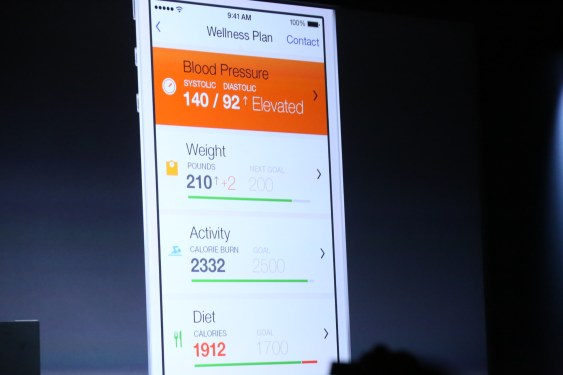Over the past few years, a multitude of devices and thousands of apps have emerged to help users track their activity levels, lose weight, and improve their overall fitness. However, Apple had been relatively quiet in this space until now. At WWDC 2014, Apple formally introduced HealthKit for iOS 8, marking its first major foray into health and fitness tracking, along with the Health app, which provides a centralized platform to view all user data.
The Need for a Centralized Health App
Just as Passbook was launched as a single app where users could store coupons, movie tickets, and other items, HealthKit and the new Health app aim to combine data from various health and fitness devices and apps into one cohesive interface. A new health app had been widely anticipated, following reports in January and subsequent leaks of the application to 9to5Mac.
Health App: A One-Stop Shop for User Data
The Health app will source user activity data directly from newer iOS devices equipped with Apple’s M7 motion-tracking chip. However, it will also integrate data from other quantified self-tracking apps and devices, presenting the information in a sleek and user-friendly interface. Apple executives mentioned partnerships with Nike and the Mayo Clinic, but it is likely that more third-party developers will participate in this initiative.
How HealthKit Works
HealthKit acts as a hub for collecting and consolidating data from various health and fitness apps and devices. This data can then be accessed through the Health app, providing users with a comprehensive view of their activity levels, workout routines, and other health-related metrics. By integrating data from multiple sources, HealthKit aims to provide users with a more accurate picture of their overall health and wellness.
Benefits of Using HealthKit and Health App
The introduction of HealthKit and the Health app offers several benefits for users:
- Centralized Data Management: Users can access all their health-related data in one place, eliminating the need to switch between multiple apps and devices.
- Improved Accuracy: By consolidating data from various sources, users can gain a more accurate understanding of their activity levels and overall health.
- Increased Motivation: The Health app provides a visual representation of user progress, helping to motivate individuals to maintain healthy habits and achieve their fitness goals.
Partnerships and Future Developments
Apple’s partnerships with Nike and the Mayo Clinic demonstrate its commitment to creating a comprehensive health tracking ecosystem. As more developers participate in this initiative, users can expect an even broader range of features and integrations.
Conclusion
The introduction of HealthKit and the Health app marks Apple’s entry into the fitness tracking market. By providing a centralized platform for collecting and consolidating user data, these apps aim to improve the accuracy and motivation of health-related activities. As more partnerships are established and new features are developed, users can expect an increasingly comprehensive and intuitive experience.
Related Topics:
Recent Developments:
- Bioptimus raises $41M to develop a ‘GPT for biology’
- More money comes to AI healthcare: Qventus nabs $105M at $400M+ valuation
Join the Conversation:
- Share your thoughts on Apple’s entry into the fitness tracking market in the comments below.
- Follow TechCrunch for the latest news and updates on health and wellness tech.




